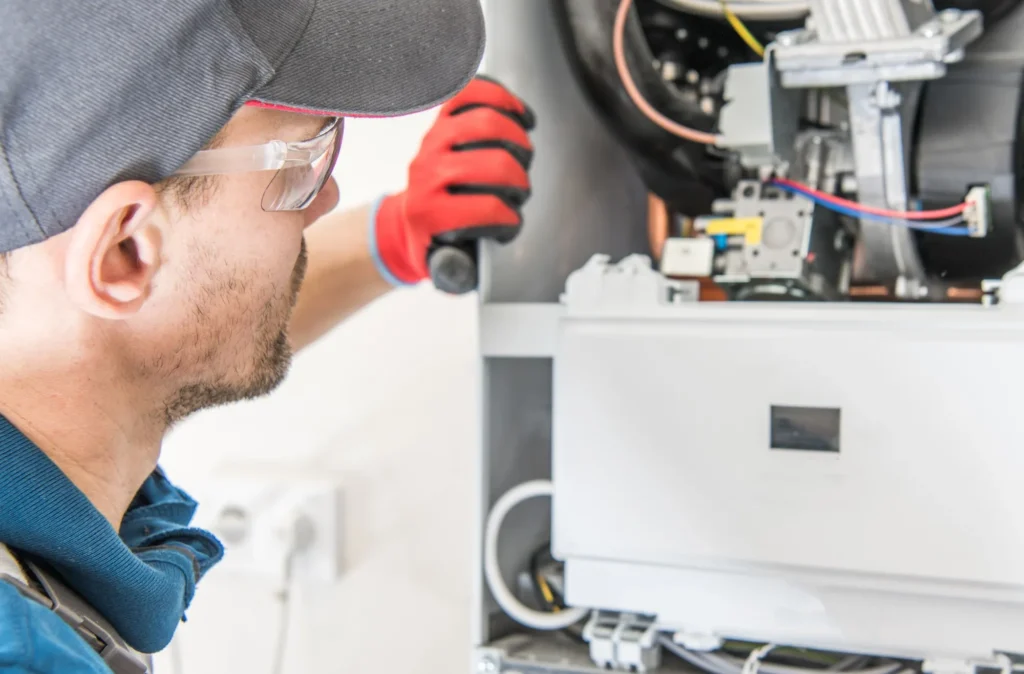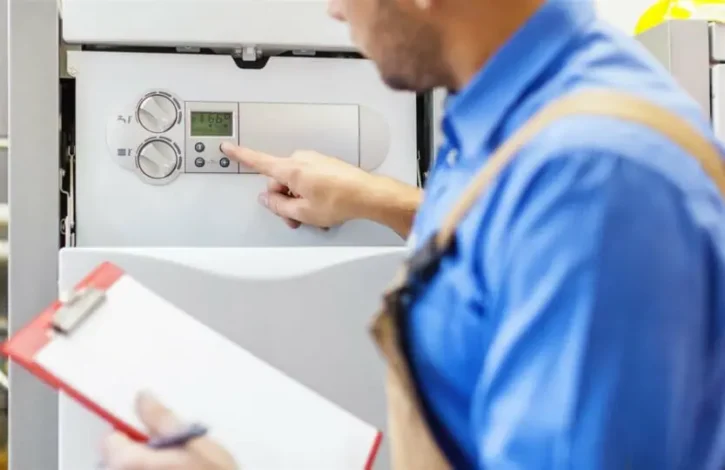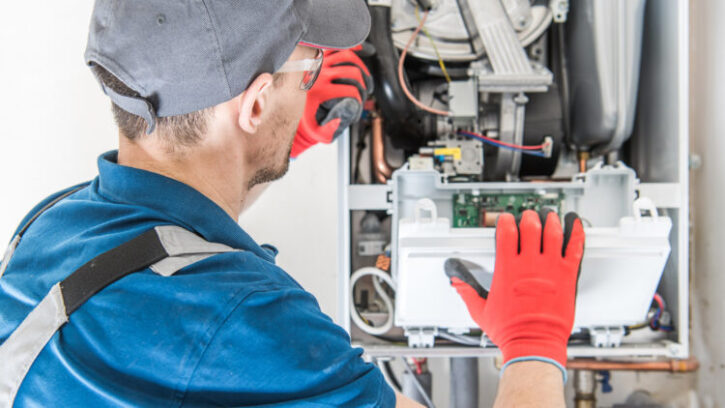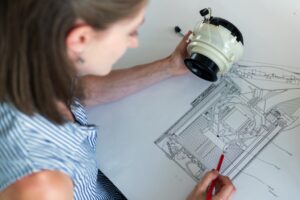
Source: sperrs.com
One of the most important parts of owning and operating a furnace is ensuring that it is serviced and maintained on a regular basis. By following these steps, you can ensure that your furnace is running smoothly and efficiently, minimizing the chances of problems down the road. In this article, we will outline the steps you need to take to properly perform furnace service and maintenance, as well as provide some tips on how to prevent common problems. By following these steps, you can keep your furnace running like new for years to come.
Furnace service is an important process in ensuring your home’s heating and cooling system is performing at its maximum potential. Here are four tips to help make this annual furnace service a success:

- Choose the date wisely. The first step in performing furnace service is choosing the right date. Check with your furnace manufacturer for specific service dates. In general, furnaces should be serviced every year between December and February. However, specific manufacturers may have different recommendations, so it is important to consult with them.
- Prepare your furnace for service. Before servicing your furnace, unplug it and make sure all lines leading into it are clear. Disconnect any outdoor hoses that might be attached, as well as any water lines coming into the house if you have an automatic water heater or central A/C unit. Remove any objects that may get in the way of work: furniture, rugs, drapes, etc. If there are concerns about carbon monoxide poisoning during service, call your local fire department beforehand to coordinate a safe escape route for you and any pets in the home.
- Shut down your home’s power supply. Once everything is ready inside the home, turn off all the power to your property by flipping off switches near the electrical panel and turning off breaker boxes if necessary. This will protect against accidental start-ups while servicemen work on your furnace! During service, stay aware of live equipment inside your home by listening for sudden noise or alarms.
- Let the technician in. Once all power is off, a technician will enter your home through a designated entrance and begin the service procedure. He or she will first check for dangerous gas levels and make sure all vents are open and free of obstructions. After that, the serviceman will check your furnace’s air filters, igniter, blower motor, flame sensor, pilot light, and heat exchanger. If any of these components require replacement or repair, the technician will advise you on what to do. Finally, he or she will perform a basic tune-up on the furnace and any accompanying equipment (such as air conditioners).
How Furnace Service Works?

When it comes time to perform furnace service and maintenance, there are a few things you should keep in mind.
- First, keep the furnace clean by regularly sweeping the dust and dirt from the grates and ductwork.
- Second, be sure to disconnect the power before servicing or cleaning the furnace.
- Finally, always wear safety goggles and avoid touching any hot surfaces.
Servicing an air-conditioning or heating unit can seem like a daunting task, but with a little preparation and knowledge of how the unit works, it can be done safely and efficiently.
Wrapping Up
By following these steps, you can ensure a successful furnace service and maintenance process. Keep in mind that certain conditions may necessitate additional steps, such as the installation of carbon monoxide alarms or the use of oxygen monitors. By following these guidelines, you will help keep your home comfortable during the cold months and maximize your furnace’s lifespan.









